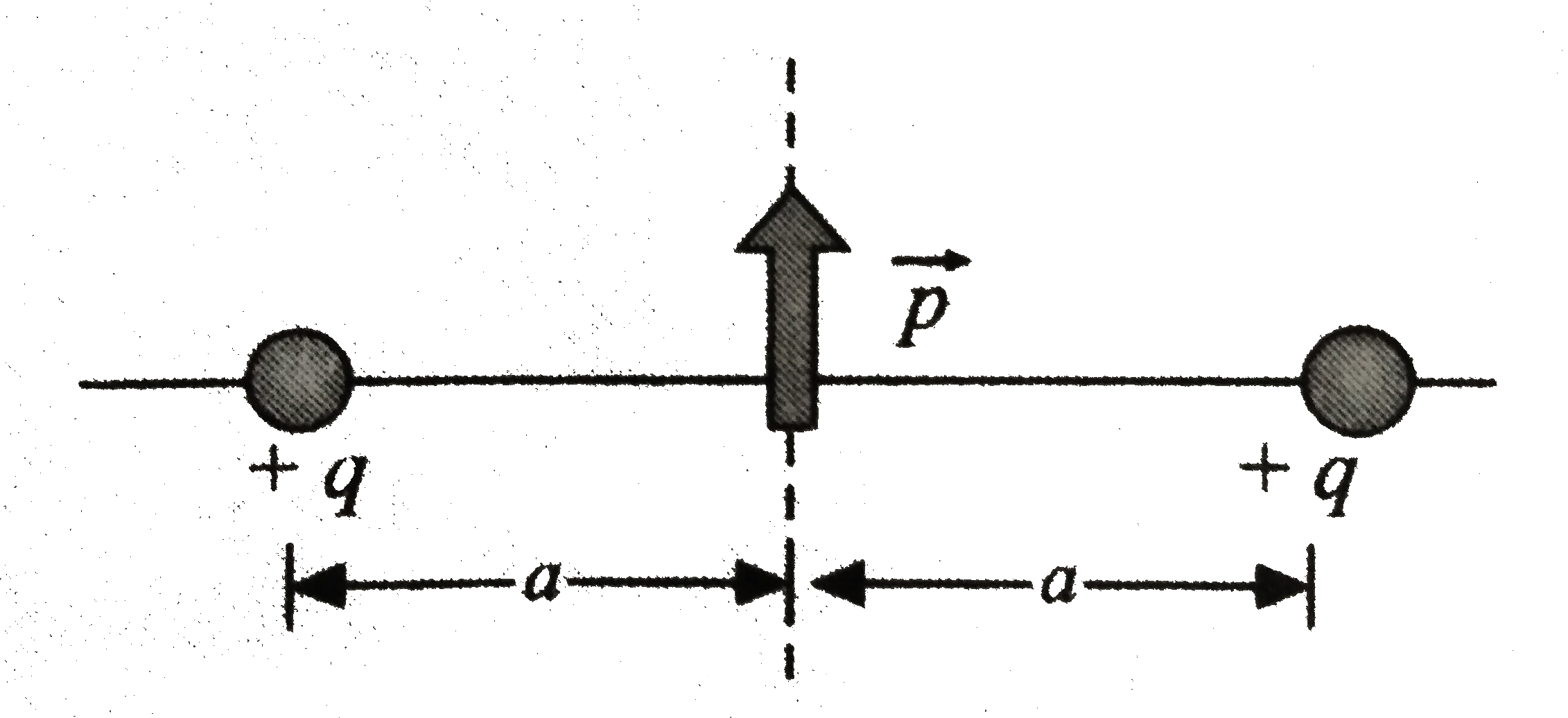What is a force?
A
Flow of heat
B
Ability to move
C
Ability to do work
D
Push or pull of any kind
Video Solution
Text Solution
The correct Answer is:D
|
Answer
Step by step video, text & image solution for What is a force? by Physics experts to help you in doubts & scoring excellent marks in Class 8 exams.
Updated on:21/07/2023
Related Playlists
- BOOK - PEARSON IIT JEE FOUNDATIONCHAPTER - FRICTIONEXERCISE - Classroom Corner (Long Answer Type Questions)21videos
FRICTION
- BOOK - PEARSON IIT JEE FOUNDATIONCHAPTER - FORCE AND PRESSUREEXERCISE - COMPETITION CORNER37videos
FORCE AND PRESSURE
- BOOK - PEARSON IIT JEE FOUNDATIONCHAPTER - HEATEXERCISE - CONCEPT APPLICATION Level 310videos
HEAT
Similar Questions
What is force?
View SolutionWhat is force?
View SolutionWhat is force?
View SolutionWhat is force?
View SolutionWhat is the force on q?
View SolutionWhat is the force per unit area?
View SolutionWhat is force ? Mention the effects of force .
View SolutionWhat is force ? State the various effects of force.
View SolutionWhat is force ? Give its units.
View SolutionWhat is the force on a dipole of dipole moment p placed as shown in fig.
 View Solution
View Solution


